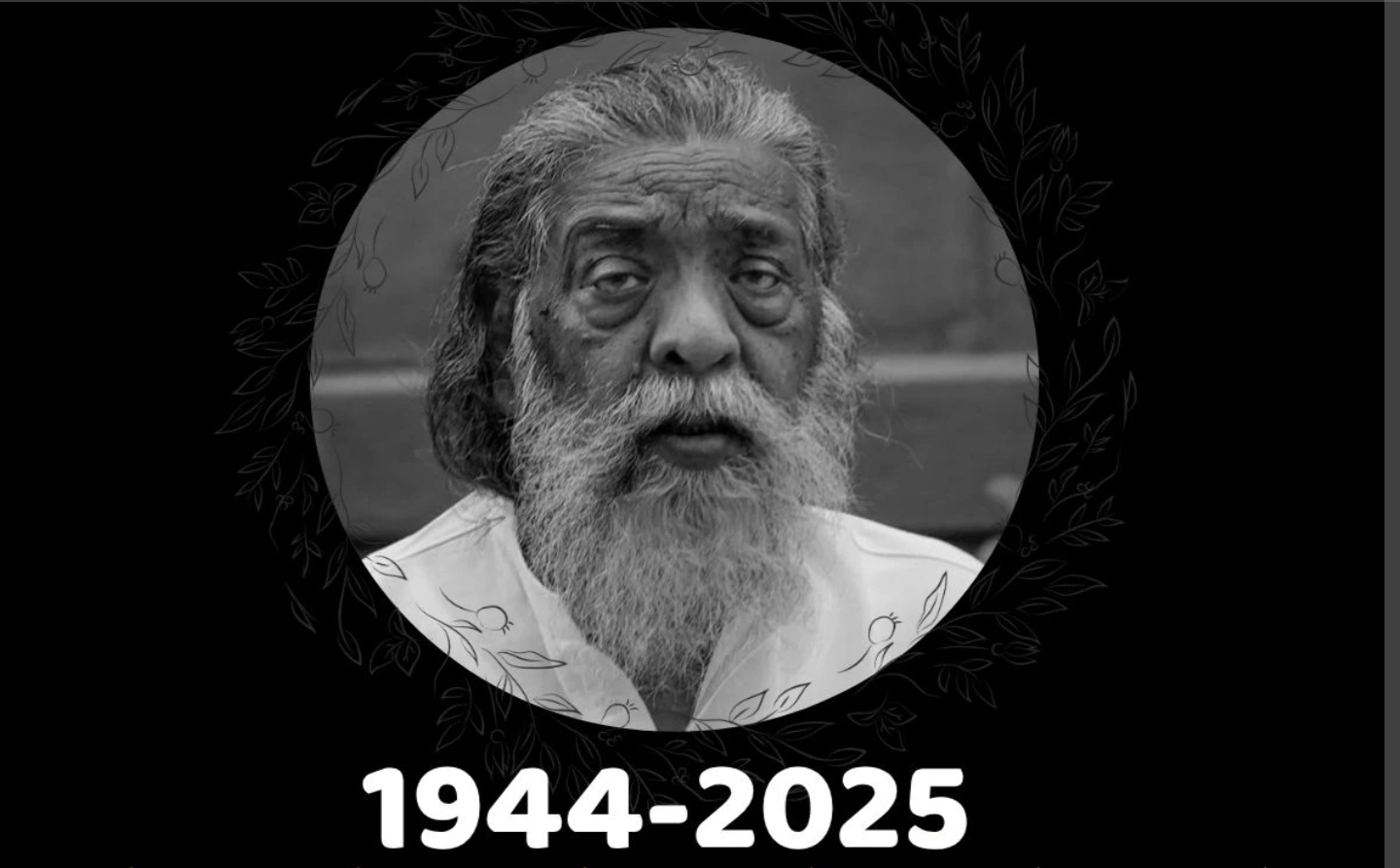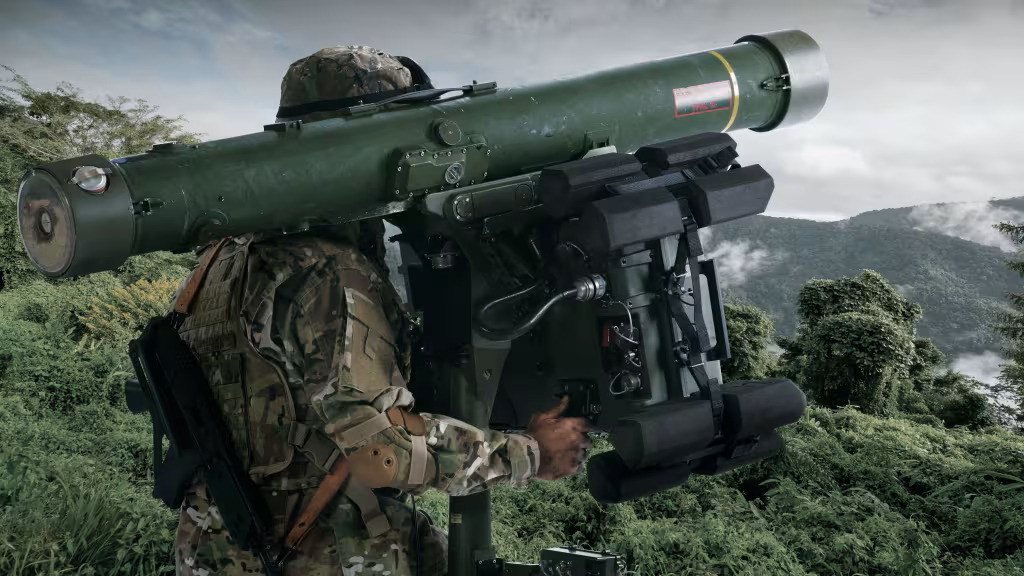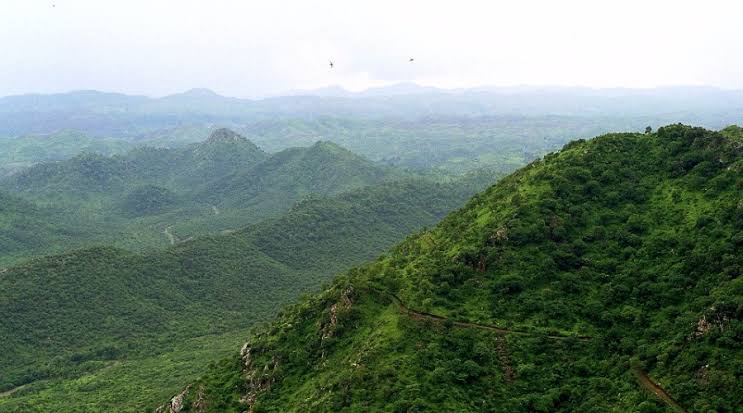The Round Peg in the Round Hole

Ground Based Air Defence (GBAD) remains one of the most decisive elements of modern warfare, particularly in protecting mechanized forces in the Tactical Battle Area (TBA). The TBA is the forward zone of a battlefield where opposing forces engage in duels of fire and manoeuvre. It is the space where tank battles take place, where armoured and mechanized units clash, and where fleeting opportunities decide the course of engagements. By its very nature, the TBA is fluid, uncertain, and constantly evolving in real time. Forces manoeuvre for superior tactical positions such as high ground, cover, or concealment, while attempting to surprise their adversaries. In such an environment, survival depends not only on mobility and firepower, but also on robust protection from the increasingly complex threats emanating from the skies.
The aerial threat in the TBA is multifaceted. Frontline strike aircraft penetrate with packages of support, including fighters tasked with suppressing enemy defences, electronic warfare platforms, and decoys. Attack helicopters present an even more acute challenge as they fly at treetop level in nap-of-the-earth mode, avoiding radar detection and striking suddenly with precision guided munitions such as rockets, bombs, or anti-tank missiles. Loitering munitions also lurk over the TBA, waiting to strike high-value assets, while standoff weapons can be released from outside the kill zone of conventional radars. Anti-radiation missiles attempt to blind air defence sensors, while cruise missiles can neutralize command nodes or logistic hubs. In addition to these, drones in both individual and swarm form add an entirely new dimension, often appearing within the visual envelope of mechanized forces and demanding instant response.
Air defence systems designed for the TBA must therefore be different from those used in static roles. They must match or exceed the mobility of the armoured and mechanized units they are protecting, maintaining real-time connectivity with higher air defence nodes to update the Air Situation Picture on the move. They must be able to fire while advancing or after only short halts, withstand hostile electronic warfare, and counter the full spectrum of aerial threats ranging from aircraft and helicopters to missiles, loitering munitions, and swarms of drones. Moreover, they must provide layered protection from very short ranges up to around 30 km, and at altitudes reaching 50,000 ft, with no gaps in coverage. To achieve this, a combination of self-propelled guns, very short-range air defence systems (VSHORADS), and short-range surface-to-air missiles (SRSAMs) is required, operating seamlessly to punish any incoming threat.
For decades, India relied on platforms such as the ZSU-23-4 Schilka, a 23 mm four-barrelled system inducted in the 1970s, and the 2K22 Tunguska gun-missile system. While both weapons were lethal in their time, their design vintages of the 1960s and 1980s respectively leave them outdated against present-day challenges, despite upgrades such as modern radars for Schilka. Similarly, VSHORAD systems such as the Strela-10M and OSA-AK, with ranges of up to 10 km, are of 1970s origin and lag against stealthier and faster aerial threats. While the Akash Weapon System offers a strike range of 25 km, it is not suited for the highly mobile requirements of the TBA. Recognizing these shortcomings, the Indian Army in 2024 issued a Request for Information for Carrier Air Defence Tracked systems, envisaging a mechanized platform combining guns, missiles, and anti-drone measures. Until such systems are fielded, however, capability voids persist.
One of the most pressing new vulnerabilities is the threat of drones and unmanned combat aerial vehicles. Pakistan’s Burraq and China’s Wing Loong II or CH-4 UCAVs are examples of systems that can inflict disproportionate damage with limited investment. India has deployed a number of anti-drone systems such as BEL’s Integrated Drone Detection and Interdiction System or Zen Technologies’ counter-drone solutions, which rely on radar, radio frequency, and electro-optical sensors to detect threats and neutralize them through jamming, laser, or kinetic fire. Yet these are largely static solutions and do not adequately address the need for mobile anti-drone cover in the TBA. What is required is a self-propelled capability capable of employing both soft-kill and hard-kill measures, including directed energy weapons that can neutralize swarms at close range.
It is in this context that the Integrated Air Defence Weapon System (IADWS) becomes significant. The IADWS brings together three distinct elements—Quick Reaction Surface-to-Air Missiles (QRSAMs), advanced VSHORAD missiles, and a high-power Directed Energy Weapon—onto a mobile platform. The QRSAM provides coverage from 5 to 30 km with active phased-array radar, on-the-move surveillance, and state-of-the-art missile guidance, neutralizing aircraft, drones, and cruise missiles before they can strike. The VSHORAD element, with advanced infrared seekers and supersonic speed, responds instantly to pop-up threats such as attack helicopters or small drones, with an effective range up to 6 km. The DEW element marks a technological leap, providing a 30 kW laser capable of destroying drones, loitering munitions, and even damaging larger aerial platforms up to 5 km away. Together, these three systems create a seamless, layered shield for mechanized forces.
The significance of IADWS is further enhanced by its ability to integrate with broader command and control systems. By linking directly with the Air Force’s Integrated Air Command and Control System and the Army’s Akashteer network, it provides a comprehensive real-time battle picture, ensuring coordinated responses across services. Mounted on high mobility vehicles, it keeps pace with advancing forces, delivering protection without slowing manoeuvre. Its ability to switch seamlessly between weapons, from lasers to missiles to guns, ensures uninterrupted cover against a spectrum of evolving threats.
For India, facing two nuclear-armed adversaries with significant investments in air and drone warfare, the introduction of such an integrated solution is not just desirable but essential. The legacy systems, though partially upgraded, cannot match the requirements of fast, fluid, and technology-intensive modern battlefields. The IADWS represents a true round peg in a round hole, offering mobility, layered defence, electronic resilience, and the inclusion of cutting-edge directed energy capabilities. Its deployment will not only shield India’s mechanized formations but also enhance their freedom of manoeuvre, ensuring that they can fight on their own terms in the TBA. In the coming years, as the character of warfare evolves further with greater reliance on unmanned and precision systems, India’s investment in integrated, mobile, and technologically advanced air defence will likely prove decisive in shaping outcomes on the battlefield.

 1 day, 3 hours ago
1 day, 3 hours ago











[[comment.comment_text]]